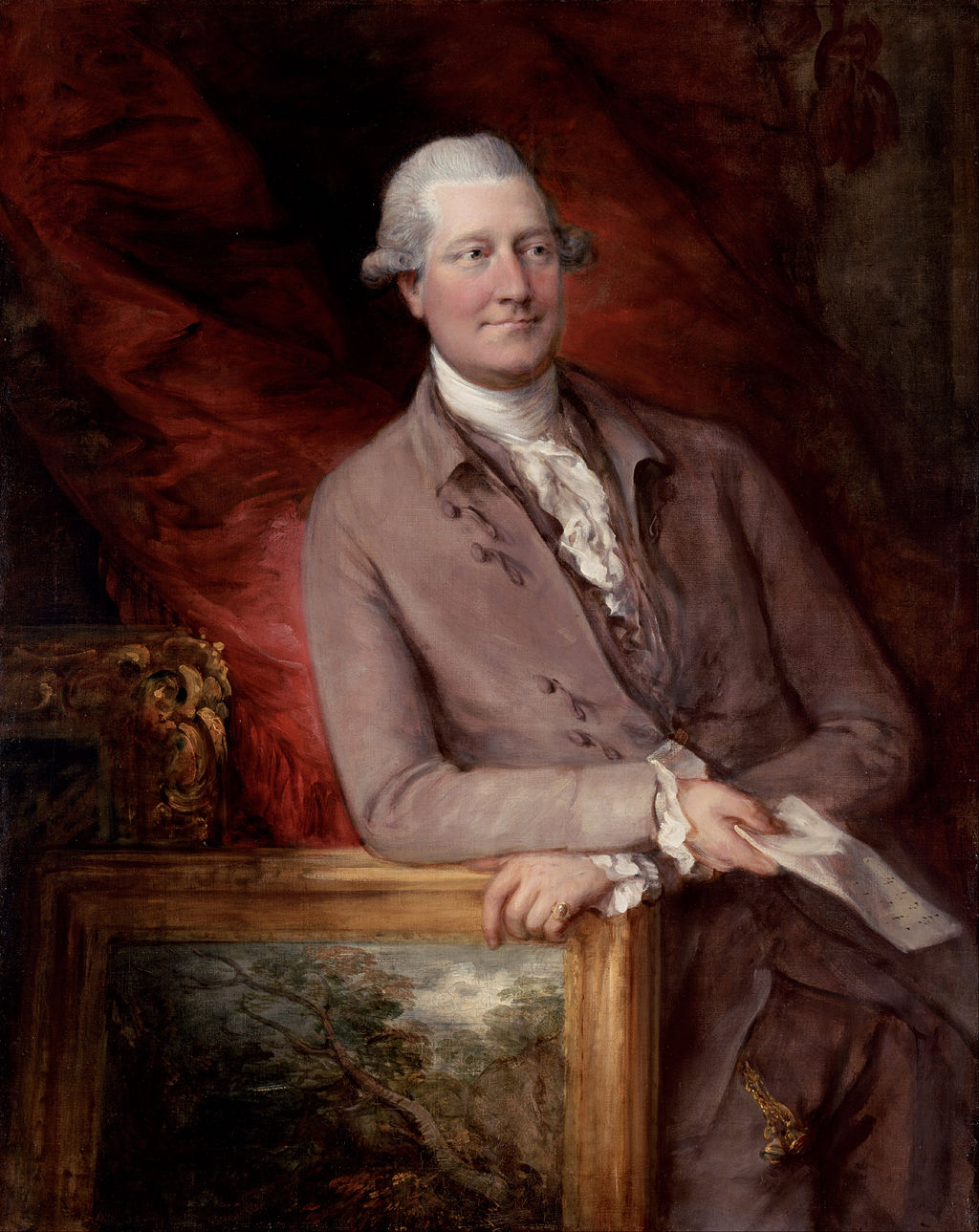A Joy for Ever (1766)
The staccato bark, “Going, going, gone!” followed by the banging of a hammer, signifies the transfer of a coveted object to the highest bidder. The auction house, Christie’s, has made historic sales, some that would have astounded its founder, James Christie.
The word auction come from the Latin, auctum, that translates to “I increase” a concept that James Christie well understood. The early auctioneer was born in Perth, Scotland, in 1730, to a family of modest means. As a young man, he joined the Royal Navy but left in 1750. Like Dick Whittington, (sans cat,) he headed to London to earn his fortune. His first job was with a man named Annesley who ran an auction house in Convent Gardens. After gaining the requisite knowledge, and having saved enough money, James founded his own establishment. His first auction took place in the warehouse of the royal printer and bookseller, Richard Dalton, in Pall Mall.
To promote Christie’s, James formed friendships with Britain’s first prime minister, Horace Walpole, theater director David Garrick, and the founder of the first racetrack auction house, Richard Tattersall. A Pall Mall neighbor, Thomas Gainsborough, painted James’ portrait for free with the stipulation that the canvass be displayed in the auction room to attract patrons. The painting is on display at the John Paul Getty Museum in Los Angeles.
Auctions at that time were dry affairs, a paradigm that shifted when James held court. He conducted his business from his desk, one fashioned by another friend, the cabinet maker Thomas Chippendale. At his first auction, James sold two chamber pots and two pillowcases. A 1778 coup was when Lord Orford asked James to appraise paintings that had belonged to his late father, Sir Robert Walpole. The auctioneer with the mostest arranged for the sale of the collection to the Russian Empress Catherine the Great that garnered $3 million in contemporary currency. Another item carried in Christie’s catalogue was a Rembrandt that currently resides in Berlin’s Gemäldegalerie. The French Revolution displaced aristocrats who traded treasures for pounds sterling. In 1795, the jewels that had belonged to King Louis XV’s mistress, Madame du Barry, a victim of The Reign of Terror, went under the hammer.
Upon James 1803 passing, his son, James Christie the Younger, became the new owner. In 1823, he moved his company’s location to 8 King Street, St. James’s Square, its present location. During the Blitz bombs damaged the building and it remained empty from 1941 to 1953. The firm currently has branches in Rome, Geneva, Hong Kong, Tokyo, and Manhattan.
The company’s online magazine provides tantalizing tidbits: Queen Victoria’s wedding cake weighed nearly 200 pounds; Einstein wore his leather jacket so often that it still retained the scent of his pipe smoke when it went to auction 60 years after his passing. Clenching one’s buttocks is practiced by Christie’s auctioneers to keep their hands from shaking. 
In a world far from the initial sale of chamber pots, Christie has been entrusted with iconic treasures. In 2016, the gown that Marilyn Monroe wore to serenade President Kennedy for his birthday sold to Ripley’s Believe It or Not for 4.8 million. In 2017, Leonardo da Vinci’s “Salvator Mundi” sold to a Saudi prince for $450.3 million. In 2021, a diamond bracelet that had once sparkled on Marie Antoinette’s wrist, sold for $8 million.
If James had witnessed what went under the hammer at his namesake empire he would be going, going, gone- into a dead faint. The lingering question: why would people pay an oxygen-sucking sum for even a spectacular goody bag? The answer lies with James Christie’s contemporary Brit, the poet John Keats, “A thing of beauty is a joy forever.”


